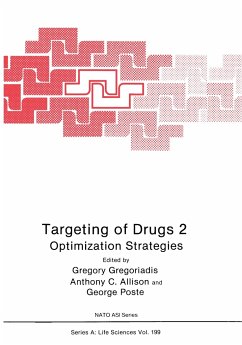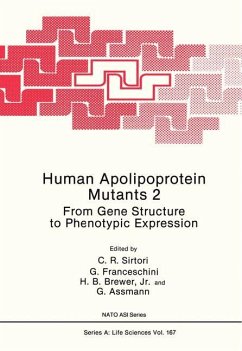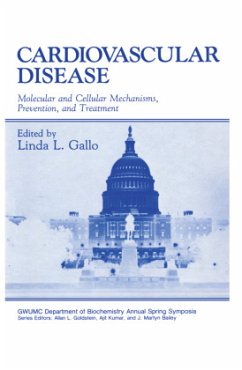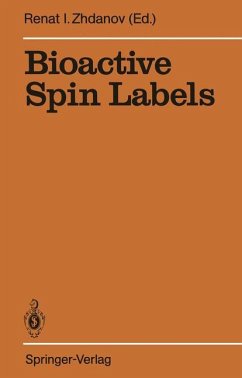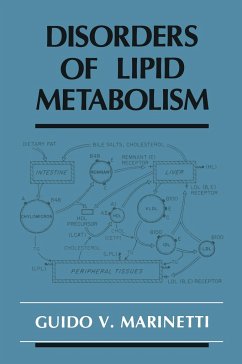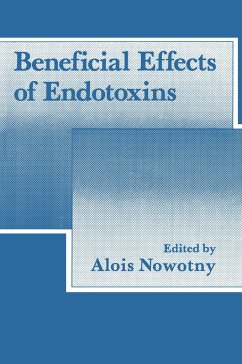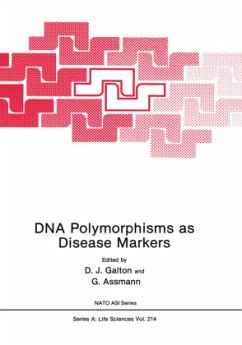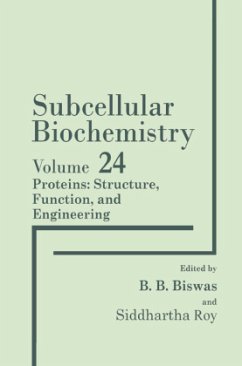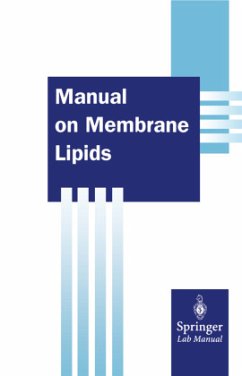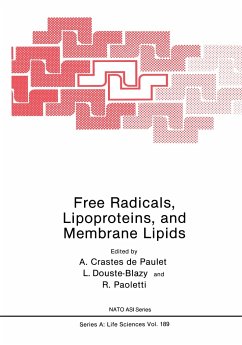
Free Radicals, Lipoproteins, and Membrane Lipids

PAYBACK Punkte
20 °P sammeln!
This book contains the proceedings of the ARW NATO Conference on "Action of Free Radicals and Active Forms of Oxygen on Lipoproteins and Membrane Lipids: Cellular Interactions and Atherogenesis", held in Bendor, France, October 5-8,1988. Since the pioneer work of Mc Cord and Fridovitch, growing interest has been focused on the study of the role of oxyradicals role in pathology. This interest is reflected in the exponential increase in the number of papers on free radicals, the success of specialized journals and books on this theme, and the organization of national and international meetings. ...
This book contains the proceedings of the ARW NATO Conference on "Action of Free Radicals and Active Forms of Oxygen on Lipoproteins and Membrane Lipids: Cellular Interactions and Atherogenesis", held in Bendor, France, October 5-8,1988. Since the pioneer work of Mc Cord and Fridovitch, growing interest has been focused on the study of the role of oxyradicals role in pathology. This interest is reflected in the exponential increase in the number of papers on free radicals, the success of specialized journals and books on this theme, and the organization of national and international meetings. These meetings have discussed, from.a broad point of view, the problems concerning the mechanisms of production of free radicals, their effects on cell CO!1$tituants (lipids, proteins, nucleic acids) and cell function, the methods of analysis of these phenomena, the pathological states in which free radicals may be involved, natural biological defense systems, and the design of "antiradical"therapies. But it is now well established that the most common target of oxy free radicals are membrane lipids because of their chemical nature (cholesterol in saturation, malonic linkage of polyunsaturated fatty acids (PUFA" and of their regular structural arrangement (monolayers in lipoproteins, bilayers in cell membranes). Thus the analysis of the products resulting from the action of oxy free radicals on PUFA is considered the best tool to indirectly evaluate the effects of tissue peroxidations, although the analytical basis for doing so is very questionable.






